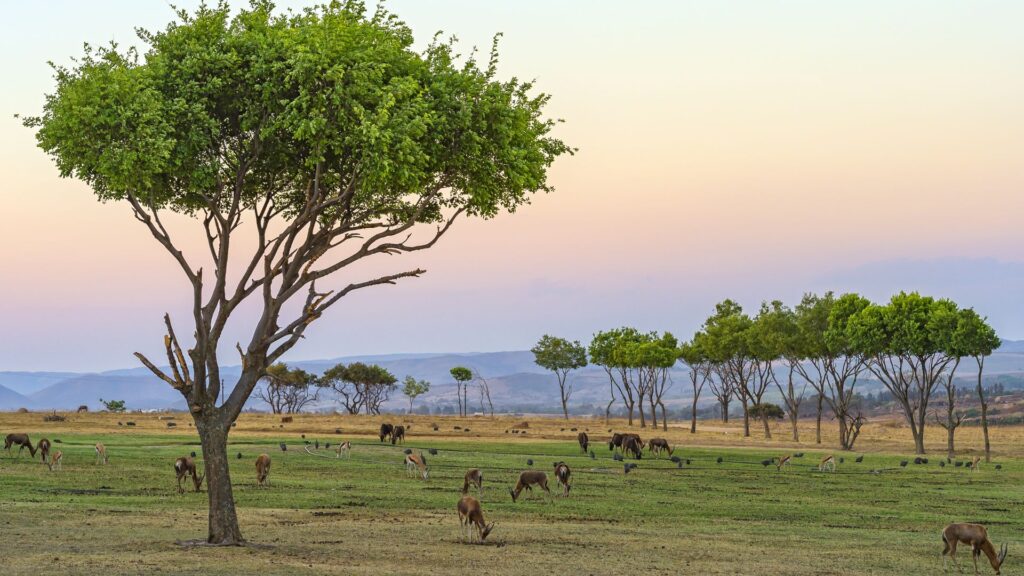Bissau is the capital city of Guinea-Bissau, a small country located on the west coast of Africa. It is also the largest city in the country and serves as its political, economic, and cultural center.
The city of Bissau is situated in the Bissau Region, which is one of the nine administrative regions of Guinea-Bissau. The region is characterized by its tropical climate, with hot and humid weather throughout the year. The region is known for its lush vegetation, sandy beaches, and vibrant markets.
Bissau is a city of contrasts, with bustling markets coexisting alongside colonial-era buildings and modern shopping centers. The city is home to a diverse population, with people from different ethnic backgrounds and cultures living side by side.
One of the most notable landmarks in Bissau is the Presidential Palace, a grand building that serves as the residence of the country's president. The city is also home to the National Ethnographic Museum, which showcases the culture and history of Guinea-Bissau through its collection of artifacts and exhibits.
In addition to its cultural attractions, Bissau also offers a range of outdoor activities for visitors to enjoy. The city is located on the coast, making it a popular destination for beachgoers and water sports enthusiasts. The nearby Bijagos Archipelago, a group of tropical islands off the coast of Guinea-Bissau, is also a popular destination for travelers looking to explore the region's natural beauty.
Overall, Bissau is a vibrant and diverse city that offers visitors a unique glimpse into the culture and history of Guinea-Bissau. With its rich cultural heritage, stunning natural landscapes, and friendly population, Bissau is a must-visit destination for anyone looking to explore West Africa.
What to explore:
1. Bissau Velho: The historic colonial neighborhood of Bissau Velho is a must-visit for those interested in architecture and history. This area features beautiful Portuguese colonial buildings, vibrant markets, and colorful street art.
2. Bandim Market: This bustling open-air market is a great place to experience the local culture and pick up some unique souvenirs. You can find everything from traditional textiles and handicrafts to fresh produce and seafood.
3. Fortaleza d'Amura: This 18th-century fort offers panoramic views of the city and the nearby islands. It also houses a small museum showcasing the history of Guinea-Bissau and the colonial era.
4. Guinea-Bissau National Arts Institute: This cultural center showcases traditional Guinean art and hosts performances of music and dance. It's a great place to learn more about the country's rich cultural heritage.
5. Bissau Ethnographic Museum: This museum features exhibits on the history and culture of Guinea-Bissau, including traditional crafts, artifacts, and cultural practices.
6. The Presidential Palace: The imposing Presidential Palace is a symbol of Guinea-Bissau's independence and sovereignty. While visitors are not allowed inside, the building is worth seeing from the outside.
7. Bijagos Islands: While not in Bissau itself, the nearby Bijagos Islands are a natural wonder worth exploring. These remote islands are home to unique wildlife, pristine beaches, and traditional communities. Traveling to the islands requires a bit of planning, but it's well worth the effort.
